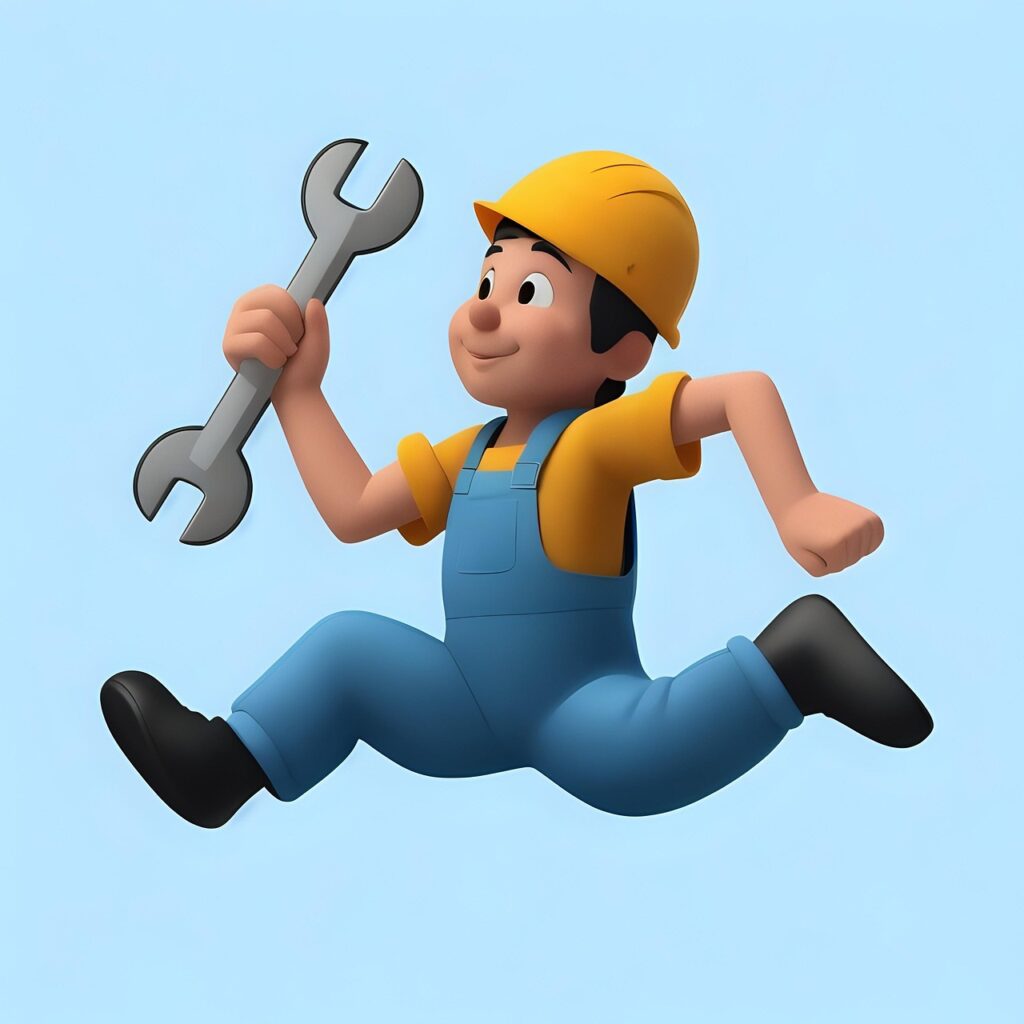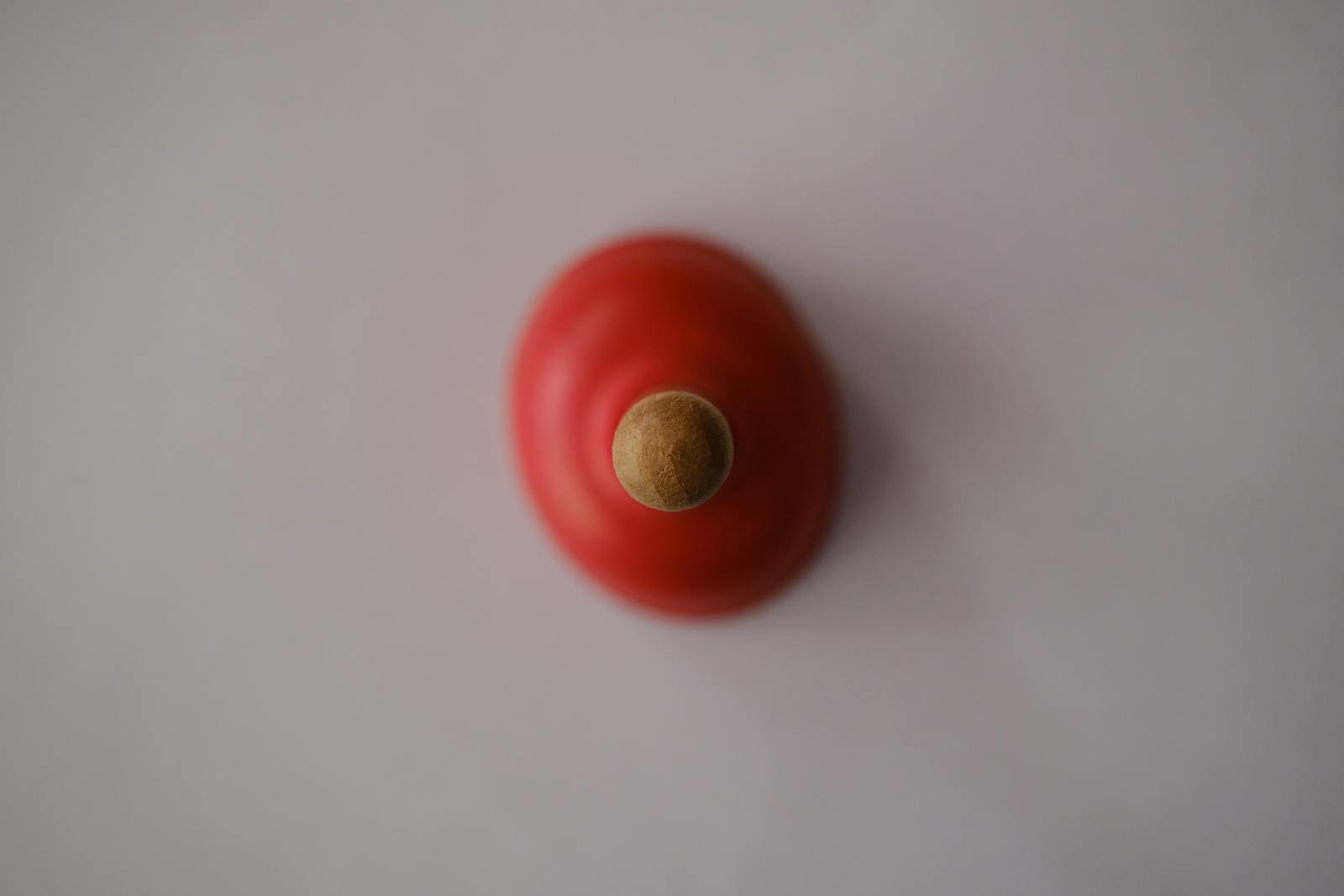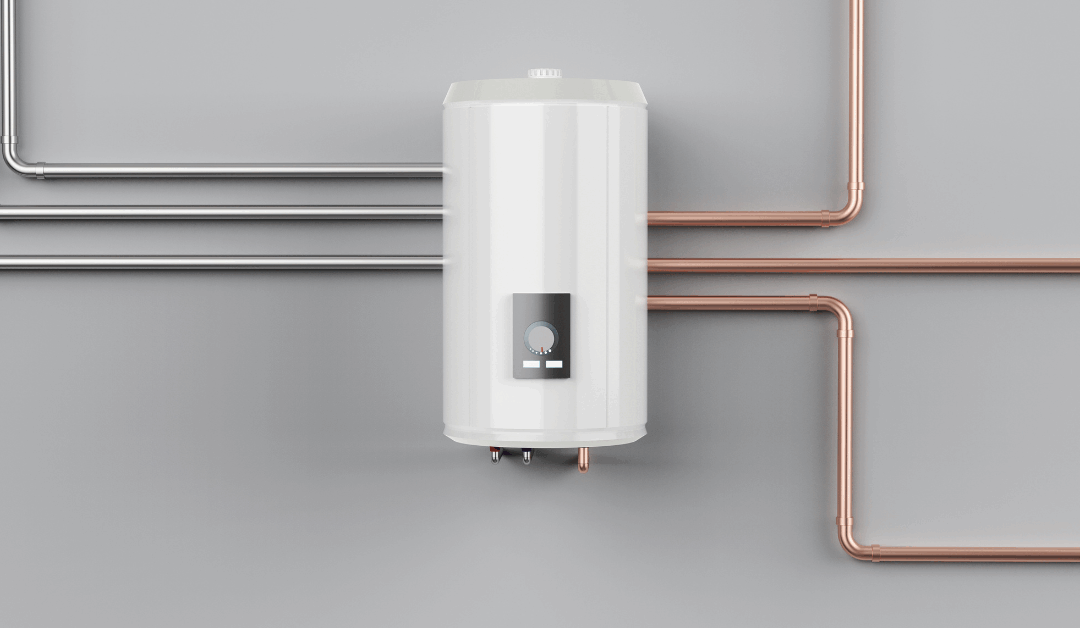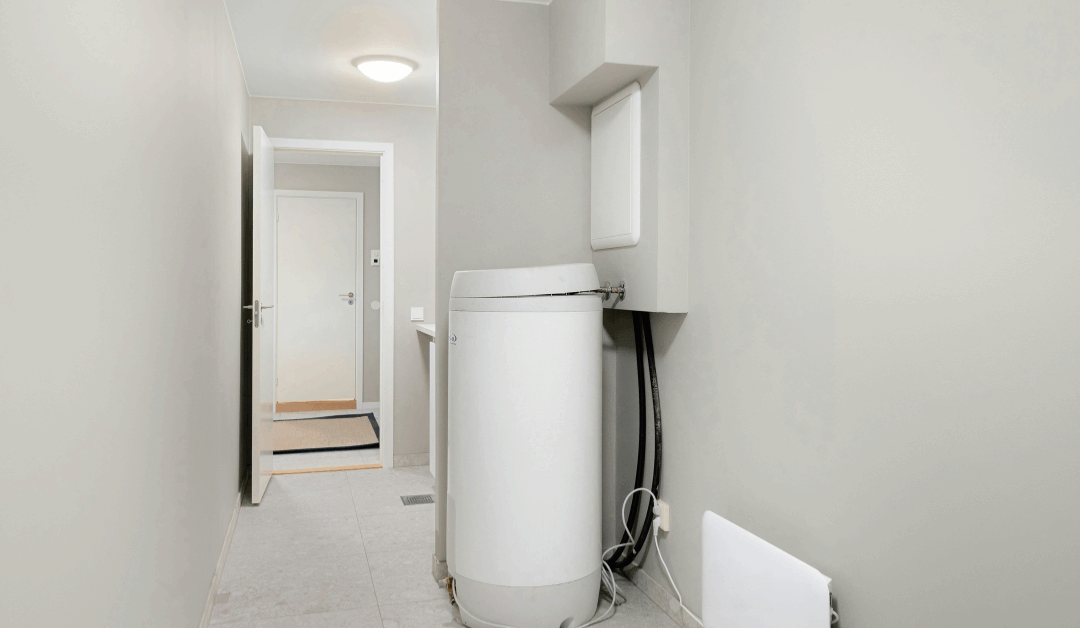When a toilet clog strikes, having the right plunger can mean the difference between a quick fix and a plumbing emergency. Yet many homeowners don’t realize that not all plungers are created equal. Using the wrong type can actually make your problem worse, while the right one can clear most clogs in seconds.
This comprehensive guide will walk you through everything you need to know about toilet plungers. You’ll learn about different types, how to choose the best one for your needs, proper techniques, and maintenance tips to keep your plunger working effectively for years to come.

Schedule Service Online
Get a free estimate so you know what you're signing up for
"*" indicates required fields
For Emergency Services Call: 410-255-9300
Importance of Maintaining Your Plumbing System
Learning to navigate how to maintain and upkeep your plumbing system is essential for the smooth functioning of your home and can save you from costly repairs and water damage. Here are the key reasons why plumbing maintenance should be a priority:
1. Prevents Costly Repairs
Regular maintenance can help identify small leaks or issues before they turn into major problems. Ignoring these could lead to expensive repairs, extensive water damage, or even the need to replace entire sections of your plumbing system.
2. Improves Water Efficiency
A well-maintained plumbing system ensures that water is used efficiently. Fixing leaks, ensuring proper faucet flow, and maintaining fixtures can reduce water wastage and lower utility bills.
3. Protects Your Home Against Water Damage
Leaking pipes or clogged drains can lead to significant water damage, impacting walls, floors, and ceilings. Routine inspections and upkeep can safeguard your home from these risks.
4. Extends the Lifespan of Your Plumbing System
Regular care, such as cleaning drains and monitoring for wear and tear, can increase the lifespan of your plumbing fixtures and pipes, delaying the need for replacements.
5. Ensures Clean and Safe Water
Over time, pipes can corrode, or debris can accumulate, impacting the quality of the water in your home. Maintenance helps ensure that your water remains clean and safe for consumption.
6. Reduces the Risk of Emergencies
Plumbing emergencies, like burst pipes or overflowing toilets, can be stressful and costly. Preventive maintenance minimizes the likelihood of such unexpected situations.
Taking the time to care for your plumbing system not only maintains the value and safety of your home but also creates a healthier and more efficient living environment, making it easier for you, the homeowner to rest.
Understanding Different Types of Plungers
Flange Plungers: The Toilet Specialist’s Easy Way
The flange plunger, also known as a toilet plunger, is specifically designed for toilets. It features a rubber cup with an extended flange (or sleeve) that fits snugly into the toilet’s drain opening. This design creates a superior seal compared to other plunger types.
The flange can be folded up inside the cup, making it versatile enough to work on flat surfaces like shower drains or tub drains when needed. However, its primary purpose is toilet unclogging, where it excels due to its specialized shape.
Cup Plungers: The Multi-Purpose Option
Cup plungers have a simple rubber cup attached to a wooden or plastic handle. They work best on flat surfaces like sinks, tubs, and floor drains. While some people try to use them on toilets, they’re not ideal for this purpose because they can’t form a proper seal around the toilet’s curved drain opening.
These plungers are perfect for kitchen sinks, bathroom sinks, and shower drains where you need to clear clogs from flat surfaces.
Accordion Plungers: The Heavy-Duty Choice
Accordion plungers feature a hard plastic accordion-style design that can generate more pressure than rubber alternatives. They’re particularly effective for stubborn toilet clogs that won’t budge with standard plungers.
However, they can be harder to use and may scratch porcelain if not handled carefully. They’re best reserved for tough clogs that other plungers can’t handle.
How to Choose the Right Plunger for Your Home
Consider Your Toilet Type
Modern toilets come in various styles, and your plunger choice should match your toilet’s design. Low-flow toilets, which are now standard, often have different drain configurations than older models. A quality flange plunger will work with most toilet types, but check that the flange size matches your toilet’s drain opening.
Evaluate Handle Options
Plunger handles come in different materials and lengths. Wooden handles are traditional and sturdy but can absorb odors and bacteria over time. Plastic handles are easier to clean and more hygienic but can be harder to hold. Some modern plungers feature ergonomic handles that provide better grip and leverage.
Longer handles offer more leverage and keep your hands further from the toilet bowl, while shorter handles provide more control for precise movements.
Think About Storage
Consider where you’ll store your plunger. Some models come with holders or stands that keep them upright and contained. Others fold or collapse for compact storage. If you’re planning to store your plunger in a bathroom cabinet, measure the space first to ensure a proper fit.
Essential Features to Look For
Rubber Quality
High-quality rubber maintains its flexibility over time and creates better seals. Look for plungers with thick, durable rubber that won’t crack or become brittle with repeated use. Some premium models use specially formulated rubber that resists common bathroom chemicals.
Flange Design
For toilet plungers, the flange should be substantial enough to create a complete seal but flexible enough to conform to your toilet’s drain shape. The best flanges extend about 1-2 inches from the cup and have smooth edges that won’t scratch your toilet.
Handle Attachment
The handle should be securely attached to the rubber cup. Cheap plungers often fail at this connection point, leaving you with a useless tool at the worst possible moment. Look for models with reinforced attachment points or one-piece construction.
Proper Plunging Techniques
Preparation Steps
Before you start plunging, ensure you have adequate water in the toilet bowl. The water level should cover the plunger cup completely. If there’s too much water, remove some with a bucket. If there’s too little, add water until the cup is submerged.
Put on rubber gloves for hygiene and protection. Place old towels around the toilet base to catch any splashes.
The Plunging Process
Insert the plunger at an angle to minimize trapped air, then straighten it to create a seal. The key is to push down slowly and pull up quickly. This creates the suction needed to dislodge the clog.
Start with gentle pressure to avoid splashing, then increase intensity if needed. Most clogs will clear within 10-15 plunges. If you’re not seeing results after 20 attempts, stop and consider other solutions.
Post-Plunging Steps
Once the clog clears, flush the toilet to ensure everything is working properly. Clean your plunger thoroughly with disinfectant and hot water. Allow it to dry completely before storing.
Maintenance and Care
Cleaning Your Plunger
After each use, rinse your plunger in the toilet bowl, then clean it with disinfectant. For deeper cleaning, soak it in a bleach solution (1 part bleach to 10 parts water) for several minutes, then rinse thoroughly.
Some people run their plungers through the dishwasher, but this isn’t recommended due to hygiene concerns. Hand cleaning with appropriate disinfectants is more effective and safer.
Storage Solutions
Store your plunger in a well-ventilated area where it can dry completely. Wet plungers can develop mold and bacteria. Some homeowners keep plungers in bathroom closets, while others prefer dedicated holders that keep them upright and contained.
Never store a wet plunger in a closed container, as this creates an ideal environment for bacterial growth.
When to Replace Your Plunger
Replace your plunger when the rubber becomes hard, cracked, or loses its shape. A warped or damaged plunger won’t create proper suction and may actually make clogs worse. Quality plungers should last several years with proper care.
Budget Considerations and Where to Shop
Price Ranges
Basic cup plungers typically cost $5-15, while quality flange plungers range from $10-30. Premium models with special features or superior materials can cost $30-50. Consider this a long-term investment in your home’s functionality.
Where to Find Quality Plungers
Hardware stores offer the widest selection and knowledgeable staff to help you choose. Home improvement stores like Home Depot and Lowe’s carry various brands and price points. Online retailers like Amazon provide extensive customer reviews and competitive pricing.
Local plumbing supply stores often carry professional-grade plungers that aren’t available in general retail stores. These may cost more but offer superior performance and durability.
When to Call a Professional
Signs You Need Expert Help
If plunging doesn’t resolve your clog after multiple attempts, it’s time to call a professional plumber. Recurring clogs, unusual sounds, or water backing up into other drains indicate more serious plumbing issues that require expert attention.
Don’t continue plunging if you notice cracks in your toilet or if the water level drops significantly during plunging, as these could indicate structural problems.
Professional Tools and Techniques
Professional plumbers have access to specialized tools like drain snakes, hydro-jetters, and camera inspection equipment that can handle clogs beyond a plunger’s capabilities. They can also identify underlying issues that might be causing recurring problems.
Top Plungers and Brands for Your Plumbing Needs
Having a reliable plunger is essential for addressing minor clogs and keeping your plumbing system in good shape. Below is a list of the best plungers and brands to consider, each with links to their official websites for easy purchase.
Simplehuman Toilet Plunger
Known for its modern design and durability, Simplehuman’s plunger is both functional and stylish. Includes a sleek stainless steel caddy for storage.
Korky BeeHive Max Universal Plunger
This versatile plunger offers a unique beehive-shaped design, ensuring compatibility with all toilet types. Its powerful seal improves unclogging efficiency.
Oxo Good Grips Toilet Plunger and Canister
Equipped with a sturdy canister, this plunger combines practicality and cleanliness. It features a flexible rubber head for a strong seal in various toilet designs.
Master Plunger MP100 Heavy Duty
Designed for high-capacity plunging, this heavy-duty option is ideal for tough clogs. Its unique bellows style generates extra force for maximum effectiveness.
Clorox Toilet Plunger and Hideaway Caddy
The Clorox plunger comes with antimicrobial protection and a convenient caddy for hygienic storage, making it ideal for long-term use.
SurePlunge Automatic Toilet Plunger
For a high-tech solution, SurePlunge uses CO2 gas to effectively clear tough clogs with minimal effort. It’s perfect for those looking for innovation in plumbing tools.
Neiko 60166A Toilet Plunger
Built for commercial and home use, this plunger features an industrial-strength design with a large suction cup for efficient unclogging.
This list of quality plungers ensures that every homeowner can find the right tool to handle clogs quickly and effectively.
Make the Right Choice for Your Home
Choosing the right toilet plunger to pick doesn’t have to be complicated. Focus on getting a great quality flange plunger with durable rubber and a secure handle attachment. Proper technique and regular maintenance will ensure your plunger serves you well for years to come.
Remember that while a good plunger can handle most toilet clogs, some problems require professional intervention. Don’t hesitate to contact a qualified plumber when DIY methods aren’t sufficient. Your plumbing system is too important to risk damage from excessive force or inappropriate tools.

For persistent plumbing issues or professional installation needs of any sort, consider reaching out to experienced plumbing professionals at MD Sewer and Plumbing who can provide expert solutions and peace of mind.





